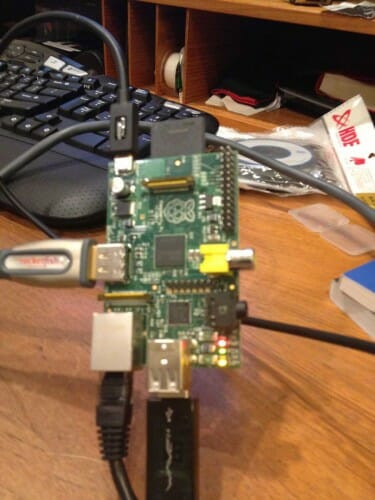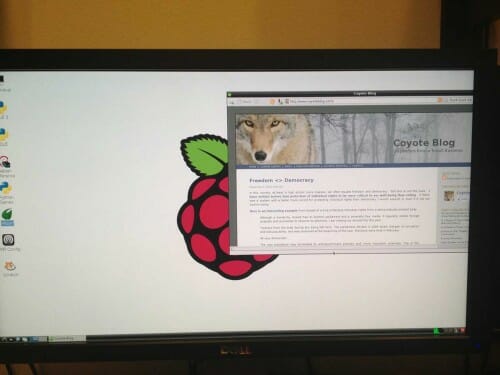Everyone Would Agree This Was a Bad Regulation Idea in 2009. So Now It's OK?
The new EU regulations on device charging standards are a really bad idea. Via engadget:
The European Parliament has voted to make USB-C the common charging standard in the EU. All mobile devices with up to 100W power delivery (including phones, tablets and earbuds) sold in the region will have to come with a USB-C charging port by the end of 2024. Laptops will need to make the switch by spring 2026. Products that come to market before these deadlines won't be affected.
Most people I talk to seem to love this. It is a relief for folks to know that all their devices will charge from the same cord, though it is already that way in my life because I have explicitly bought all my devices to use USB-C. Yes, I have already standardized on USB-C myself so I have no problem at this moment in time with that charging technology. The problem is the qualifier -- this moment in time. Any government regulation that freezes technology in place is a really bad idea. Sure, the EU says they are open to new technologies, but this makes adopting a new technology a matter of getting permission from one of the slowest and least efficient regulatory bodies on the planet. When mobile phone technology cycles are 6-18 months long, who is going to bother with spending 3-5 years to get EU permission on a new approach.
When I go on rants like this with people I know, they tell me to calm down -- what, after all, would need to be changed with USB-C? My answer is: "possibly everything".
Thank God we did not try to do this 15 years ago when mobile phone and charging technology was in flux. Oh wait, we did! Because we came inches away from similar charging standard regulation for phones about 2009. Here is the article in Mother Jones lauding the United Nations-designed (!!) cell phone charger:
Good news: The [United Nationals Telecommunications] Union just approved a universal charger. If enough manufacturers adopt it, the industry could make half as many chargers—thus reducing greenhouse gases from manufacturing and transporting replacement chargers by as much as 15 to 24 million tons a year.
Bonus: The universal charger will likely use half as much energy on standby as conventional chargers, solving the “wall wart” problem.
The EU was trying to do the same thing in 2009, though fortunately it was voluntary.
The articles are helpfully illustrated with pictures of the handsets they were designing for:
Yes, had international regulators had their way 16 years ago, we would be stuck with something designed for these phones where one texted hello as 4433555555666. It does not take hindsight to understand why this was a bad idea. I wrote at the time:
There are at least two problems with this. The first is that consumers are all different. A lot of cell phones (and other devices like my kindle) are standardizing on a mini-USB connection. Should I use the UN's solution, which is likely inferior? Why? Most of the time I don't even travel with a charger, I plug the mini-USB into my computer to charge. That way I only have 1 charger on the road, for my computer. You want me to carry 2, in the name of having fewer chargers? You might say, "well, I hadn't thought of this situation," and I would say, "that's the point - you can't, there are 6 billion of us individuals out there."
The second problem is innovation. Who says that innovation won't demand a different type of connection in 2 years? Do you really want your technology gated to some working group at the UN? Go back in time and imagine the government locking in a standard on something. We still would have 801.11a wireless only, or cars would still all have crank starts (but they would all turn the same direction!) or cars would all have the same size wheels. If the UN had invented something 3 years ago, it would have been power only and not data. Today, most cell phones have power connections and connectors that double as data ports.
So many things would have been wrong with these. They were power only and not data and power as we use today. The cable was hard-wired to the wall-wart which would be incredibly annoying today. It would have been either an old barrel connector, or if it was a form of USB it would likely have been one of the old hated non-symmetrical kind. I don't think there was any data capability but if there were it would have been horribly slow.
Every single EU regulator would look at that old standard and say, yes it was misguided and would have been a mistake. But THIS time it is smart?


